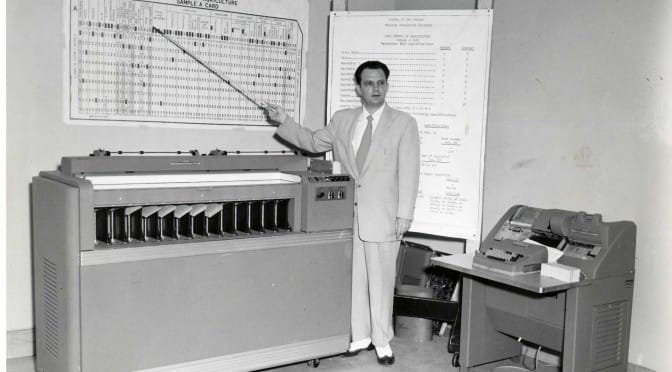Author: Guest Author
-

Math quiz on Kansas spending
The average Kansan is misinformed regarding Kansas school spending, and Kansas news media are to blame, writes Paul Waggoner of Hutchinson
-

CBPP pushes political viewpoint as economic analysis
The Center on Budget & Policy Priorities (CBPP) is at it again, pushing their political viewpoint disguised as economic analysis, writes Dave Trabert of Kansas Policy Institute.
-

Kansas school funding growing faster than inflation
Kansas school funding has been growing much faster inflation and enrollment, but for some, it will never be enough, and they will continue to use taxpayer money to press their monetary demands, writes Dave Trabert of Kansas Policy Institute.
-

Federal rules serve as ‘worms’ buried in promises of ‘free money’
An often unappreciated mechanism throughout the Kansas budget severely limits the ability of legislators and governors to adapt to changing state priorities. A new paper from Kansas Policy Institute explains.
-
Public radio ignores facts, pushes rhetoric on Kansas school funding
A Kansas radio news reporter seems not to care about reporting facts about Kansas school spending.
-
Examining a Kansas school district election
In its campaign to convince voters to raise taxes, the Auburn-Washburn school district deceives voters. David Dorsey explains.
-

Examining Kansas City school district claims
A critical look at the statements coming from one of the largest school districts in Kansas leads to wonder if the Kansas City school superintendent is uninformed, misinformed, or simply lying.
-

Kansas cuts taxes and expands the economy
Ernie Goss is Professor of Economics at Creighton University and an expert on the Midwest economy. Following is his assessment of the Kansas economy in recent years.
-

Kansas Center for Economic Growth: Show us the math
Why won’t Kansas Center for Economic Growth show its calculations and explain its data sources? Dave Trabert of Kansas Policy Institute explains.
-
In Topeka, to raise taxes, scare the voters
The Topeka public school district is using scare tactics to persuade voters to raise taxes. David Dorsey of Kansas Policy Institute explains.
-
Kansas state aid to schools is increasing
The top school finance official in Kansas says that says that state aid for schools has risen for the current year.